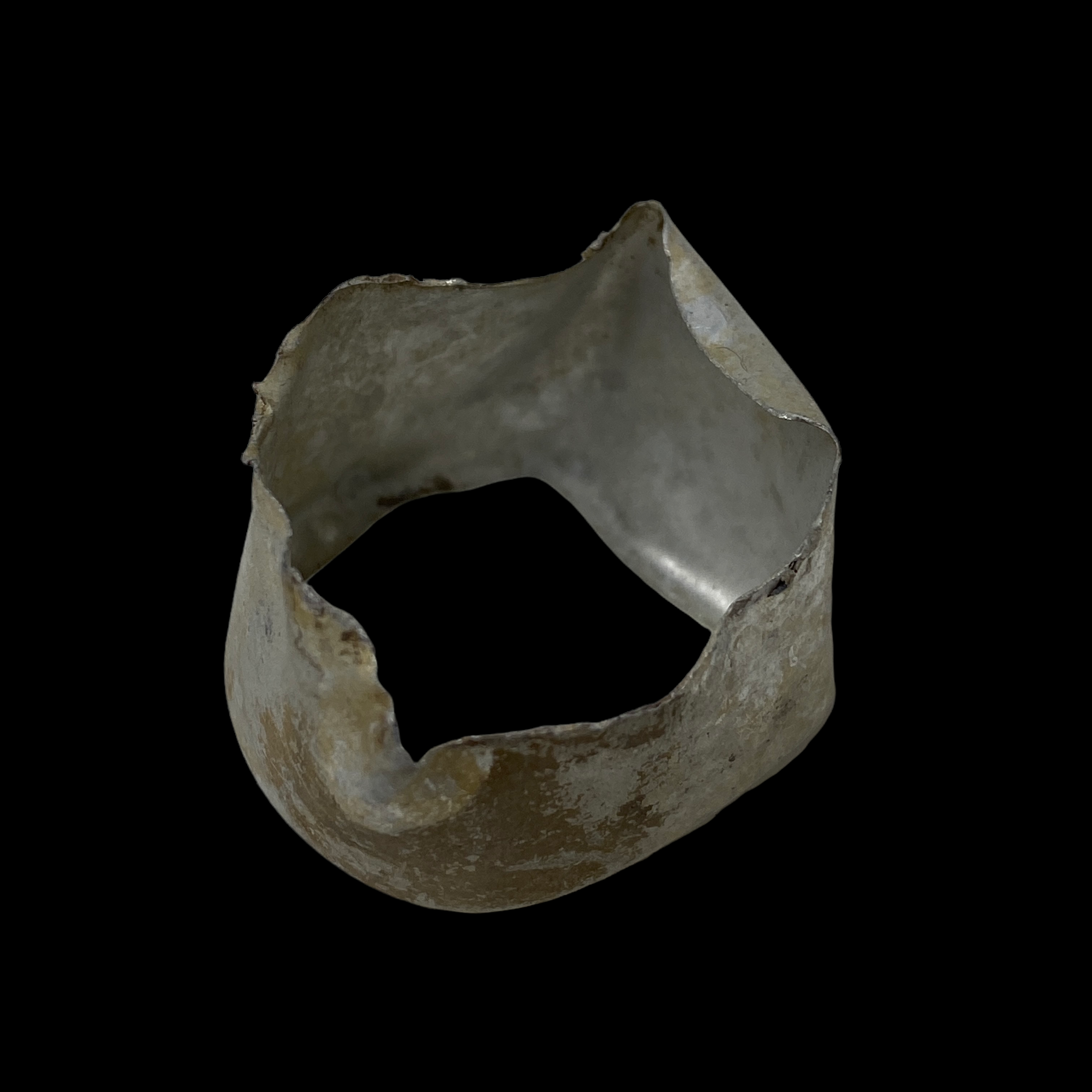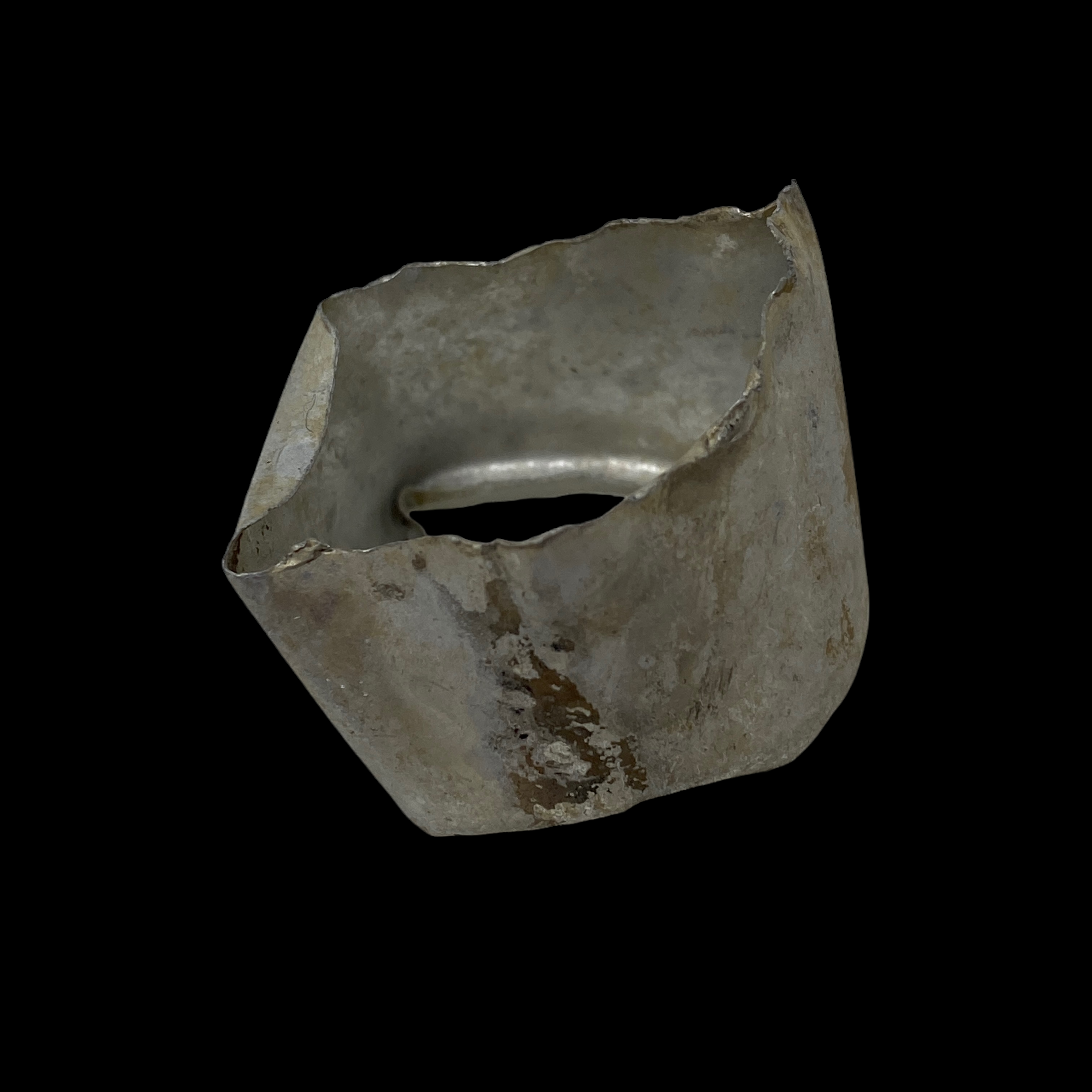WWII 1940 Battle of Britain German He111 Shot Down Aircraft Wreckage Fragment #045


WWII 1940 Battle of Britain German He111 Shot Down Aircraft Wreckage Fragment #045
Comes with C.O.A.
If there was an aircraft that had done more damage regarding strategic bombing during the Battle of Britain, it was the Heinkel He 111. Nearly all bombing missions were carried out by the Heinkel He 111 (and the Dornier 17Z). This incredible piece of WWII history is a Luftwaffe aircraft wreckage fragment that was recovered from a German He111 German bomber that was shot down during the Battle of Britian.
One of the most common variants used was the He 111H-5. The modification here was that additional fuel tanks were installed where the wing bomb cells were, and this extended the normal range of the aircraft to 1,212 miles (1950 Km). Two external bomb racks were fitted with each one capable of holding a 2,205lb (1000kg) bomb. The all up weight of the He 111H-5 was now increased to 30,985 lbs (14055kg) and obviously was to slow the aircraft when under a full load, but these aircraft were filled to capacity during the night raids on London during the 'Blitz" and caused devastating results.
During the Battle of Britain, fifteen Gruppen of Luftflotte 2 and Luftflotte 3 were equipped with the He 111. Like other German bomber types, it proved highly vulnerable to modern RAF fighters. The ineffective defensive armament and slow speed meant that the He 111 required constant protection from Luftwaffe fighters. The glazed nose, where most of the crew were concentrated, made it particularly vulnerable to head-on attacks. However, the He 111 proved capable of sustaining heavy damage and remaining airborne due to its self-sealing fuel tanks and armour plating.
When the Luftwaffe switched to targeting British cities in September 1940, the He 111 proved capable of operating in a strategic role even with its limited bomb load. On 25 September, fifty-eight He 111s of KG 55 successfully attacked the Bristol Aeroplane Company’s works at Filton near Bristol, stopping production and causing around 350 casualties. The next day, the same unit completely destroyed the Woolston Supermarine factory, but this did not stop production of the Spitfire, which had been safely dispersed around the country. During the closing stages of the Battle, small numbers of the aircraft were equipped with the Knickebein (“crooked leg”) and X-Gerät radio navigation systems, which enabled the bomber to locate and bomb targets at night without visual contact.
He 111:
Crew: Pilot and four gunners/navigators/bomb-aimers
Powerplant: Two 1,200hp Junkers Jumo 211D-2 twelve cylinder engines
Span: 74 ft 1¾ in (22.60 m)
Length: 53 ft 9½ in (16.39 m)
Max Speed: 415 km/h (258 mph) at 16,000 ft
Armament: Six 7.92 mm (.312 in) machine guns in nose, dorsal, ventral gondola, beam, and tail positions. One 20 mm (.787 in) MG FF cannon in nose.
Bomb Load: Normal load of 4,410 lb (2,000 kg)